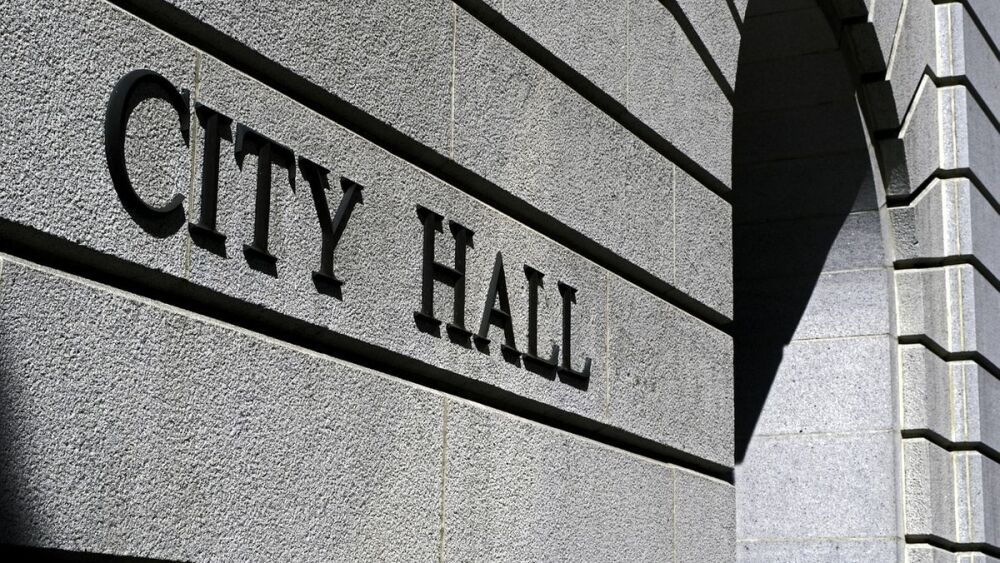The following question was recently posted on Quora:
“Does urbanization increase flooding? If so, how?”
When areas become urbanized, hard materials are used to create roads, buildings and other infrastructure. These materials do not absorb water and the general shape of city infrastructure tends to accelerate the speed of water. Therefore, flooding is more prevalent in urbanized areas.
To counter this problem, Mike Barnard offers several proven suggestions:
There are a variety of techniques that can be used to minimize this problem:
- Green roofs - “In summer, depending on the plants and depth of growing medium, green roofs retain 70-90% of the precipitation that falls on them; in winter they retain between 25-40%. For example, a grass roof with a 4-20 cm (1.6 - 7.9 inches) layer of growing medium can hold 10-15 cm (3.9 - 5.9 inches) of water.” Green Roof Benefits - GRHC WEBSITE
- Porous roads - “Porous asphalt, also known as pervious, permeable, “popcorn,” or open-graded asphalt, is standard hot-mix asphalt with reduced sand or fines and allows water to drain through it. Porous asphalt over an aggregate storage bed will reduce stormwater runoff volume, rate, and pollutants. " Porous Asphalt Pavement
- Sustainable drainage systems - “Examples of this type of system are basins (shallow landscape depressions that are dry most of the time when it’s not raining), rain-gardens (shallow landscape depressions with shrub or herbaceous planting), swales (shallow normally-dry, wide-based ditches), filter drains (gravel filled trench drain), bioretention basins (shallow depressions with gravel and/or sand filtration layers beneath the growing medium), reed beds and other wetland habitats that collect, store, and filter dirty water along with providing a habitat for wildlife.”Sustainable drainage system
- And of course really serious storm drain systems - Storm drain
Furthermore, roads tend to be straighter than anything in nature. That’s amenable to some change as well, but less so than the porousness question for building materials.
Another common problem are the presence of urban underways. Living in Calgary as I do now, I offer this collage of pictures from the 2013 floods of the Elbow and Bow Rivers which run through and around downtown Calgary.
This of course happened long before there were cities on rivers in floodplains. But urbanization leads to built infrastructure, more structures beside the rivers than optimal and often more urban discharges into the rivers due to lack of the mitigations mentioned above. So normal flooding does a lot more damage and is often exacerbated by bad urban design.












